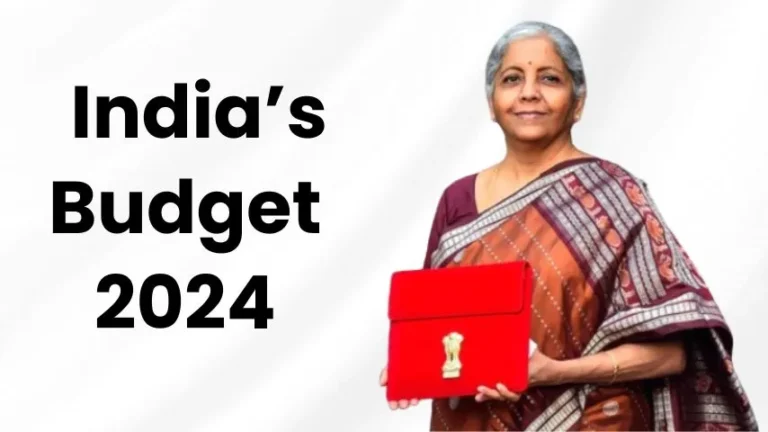Recently, the Indian government released the Union Budget for 2024 in India by Finance Minister Mrs Nirmala Sitharaman. This budget is about the growth of the economy, employment generation, giving a helping hand to the middle class, and development of infrastructure and sustainable development. Here are the major takeaways:
Taxation and Relief Measures
Income Tax Revisions
As per the analysis by Mint, the budget brings in a change in the income tax structure IT slabs the standard deduction has been raised to ₹75000 from ₹50000 to enable salaried employees to save up to ₹17,500 every year. The Finance Minister further informed that there would not be any changes in the tax slabs, although stressed that tax revenues have more than doubled in the last decade.
New Tax Regime
The new tax regime will continue with the following slabs:
| Income Range | Tax Rate |
| Up to ₹2.5 lakh | Nil |
| ₹2.5 lakh to ₹5 lakh | 5% |
| ₹5 lakh to ₹7.5 lakh | 10% |
| ₹7.5 lakh to ₹10 lakh | 15% |
| ₹10 lakh to ₹12.5 lakh | 20% |
| ₹12.5 lakh to ₹15 lakh | 25% |
| Above ₹15 lakh | 30% |
Capital Gains Tax
The budget also looks at extending the base of the long-term capital gains tax from being switched to 10% from 8% to a new 12%. 5% on every type of asset with the purpose of rationalizing the tax regulation and increasing income.
Angel Tax Abolition
The government has removed the angel tax for all classes of investors to boost the startups and relieve the huge burden that the new business has to bear.
Employment and Education
Employment Initiatives
To support employment creation, the budget has provisions of allowance equal to one month’s pay for new entrants into the workforce and a wage subsidy scheme for the first hires by organizations that register with EPFO. Also, one crore youth internship facility in the country’s best organizations has also been launched.
Education Loans
Fresh, loans of up to ₹ 10 lakh for exceeding higher education in domestic institutions have been initiated to provide equal showcasing to the students all around the country.
Infrastructure and Development
Infrastructure Investment
The outlay on capital expenditure has therefore been raised by 11. 1% to ₹11. This note presents details and estimates of 11 lakh crore plan outlay for railways, road transport and highways, and urban development. This is contained in the developed rolling stock program which includes the regeneration of 40,000 rail bogies to Vande Bharat coaches apart from the initiation of three major railway development corridors.
Green Energy and Sustainability
Environmental protection, the promotion of green energy and nuclear energy, and the reduction of emissions are among the sustainability aspects of the budget.
Sectoral Focus
Agriculture
Accordingly, the budget sanctioned is ₹1.52 lakh crore to agriculture and allied sectors, essentially for productivity improvement, and climate-smart crops. Further, the animal feed production hubs that are being envisaged in conjunction with vegetable production hubs as a way of optimizing supply chain costs will benefit farmers.
MSMEs
A credit guarantee for the real sector especially for the manufacturing side of the MSMEs has been provided and this embraced term loans to purchase machinery and equipment without having to provide collaterals. This will help Mudra loans also as their limit has been raised to ₹20 lakh as well.
Fiscal Discipline
The budget also prescribes a fiscal deficit of up to 5.1% of the GDP for the fiscal year, FY25, with a promise to slash it to 4.5% by FY26. This concentration on domestic and particularly regional fiscal responsibility is anticipated to entice overseas investment and bolster economic steadiness.
In conclusion, India’s Budget 2024 aims to provide incentive-oriented improvement in infrastructure, education, and employment opportunities along with the management of fiscal deficit. The stress placed on tax reliefs, encouraging startups, and development is an indication of long-term economic stability and development by the government.
Further Reading: Does Dollar Tree Take Apple Pay?


